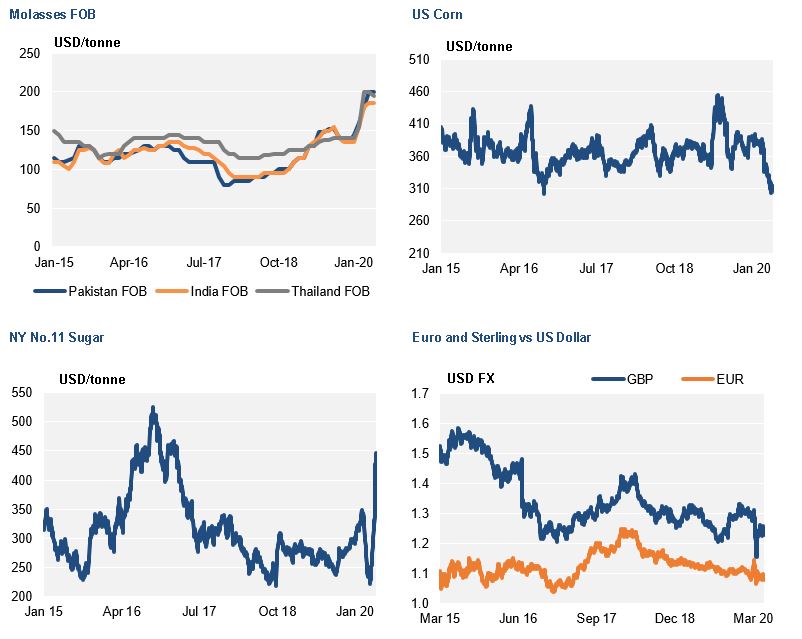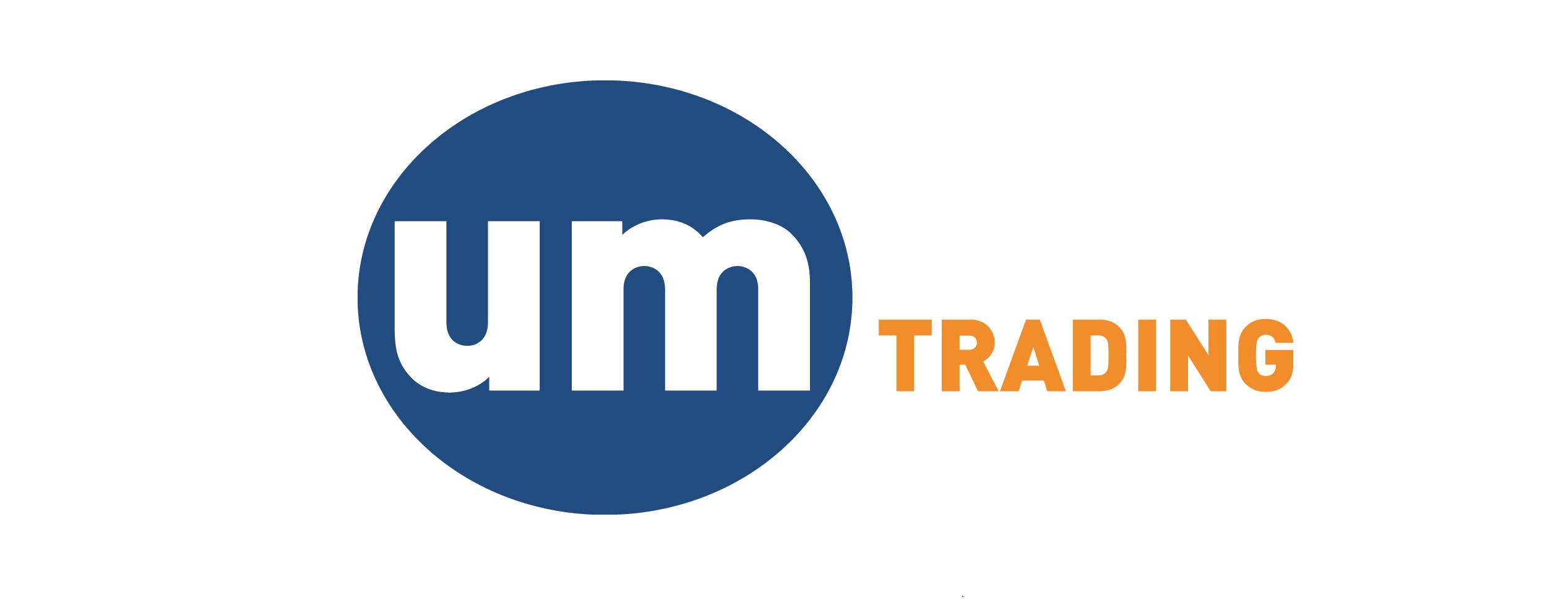
In our last update we said we would provide an update on how the molasses market reacts to the volatility in the commodity markets.
Europe
The story so far has been fairly uninteresting with the dominant trends continuing of tight physical supply of cane molasses and a challenging tanker freight market.
The supply of cane molasses to Europe will remain tight until new-crop Northern Hemisphere crops in late 2020/early 2021. The first deliveries of new-crop cane molasses are unlikely to arrive in Europe until January, so the tight supply will be a feature of the market for the rest of 2020.
The tanker freight market is particularly volatile at the moment, with the increase in floating crude oil storage taking up an increasing amount of global vessel inventory. It is difficult to have a clear picture on the freight market, these are unprecedented times in the crude oil markets, global economies and trade.
Beet molasses is now focused on the new-crop European and Russian molasses that will be available from September onwards. There are concerns about the EU crop with particularly dry weather in April across France, Germany and Poland, however we are still early in the season and it is challenging to make any firm predictions on the sugar beet crop at this time.
Demand for molasses (beet and cane) has been steady despite the weaker prices in competing animal feed commodities, in particular corn where the EU has imposed an import duty due to the low global price of corn.
Asia
The region has been more volatile than the European market, with a greater influence of the ethanol markets on supply and demand.
The Philippines has become one of the largest importers of cane molasses in recent years due to an increase in demand from the potable alcohol sector as more domestic cane molasses has been diverted for fuel ethanol production to support an ethanol/gasoline fuel blend. The current swings in the crude oil markets and the impact of COVID-19 lockdowns have been felt in the Philippines molasses market, with the entire market reacting to possible falls in demand and prices of ethanol. We will likely see a related fall in demand for molasses, but the extent is not clear yet.
Supply remains a concern, the Thai crop finished with a very disappointing sub-80 million tonnes of cane crushed, the Australian crop does not likely to produce surplus molasses for export and the Maharashtra cane molasses export ban is still in place.
The South Korean molasses markets are stable, fermentation demand remains week due to substitution for sugar and the feed markets demand for molasses has been steady.
Americas
Cheap corn is the main feature of the US market for molasses, with the fall in corn ethanol demand and an increase in planted area we have seen corn prices head towards $3 a bushel in recent weeks. This will potentially dampen molasses demand in the feed markets with the price of cane molasses being supported by the tight global supply.
Supply of cane molasses from Central America has been important for the US and European cane molasses markets, with good supply so far in 2020. Looking ahead supply will fall as the majority of export contracts are executed, the next opportunity to purchase exports will be later this year for new-crop molasses.
Summary
The global cane molasses markets will continue to be dominated by tight physical supplies. This is the main factor underpinning current molasses prices.
Regionally the molasses markets will react differently to the current COVID -19 induced volatility; Asia will be hit by the slowdown in fuel ethanol demand, the Americas by an increase in corn availability and Europe by new-crop beet molasses from September onwards.



